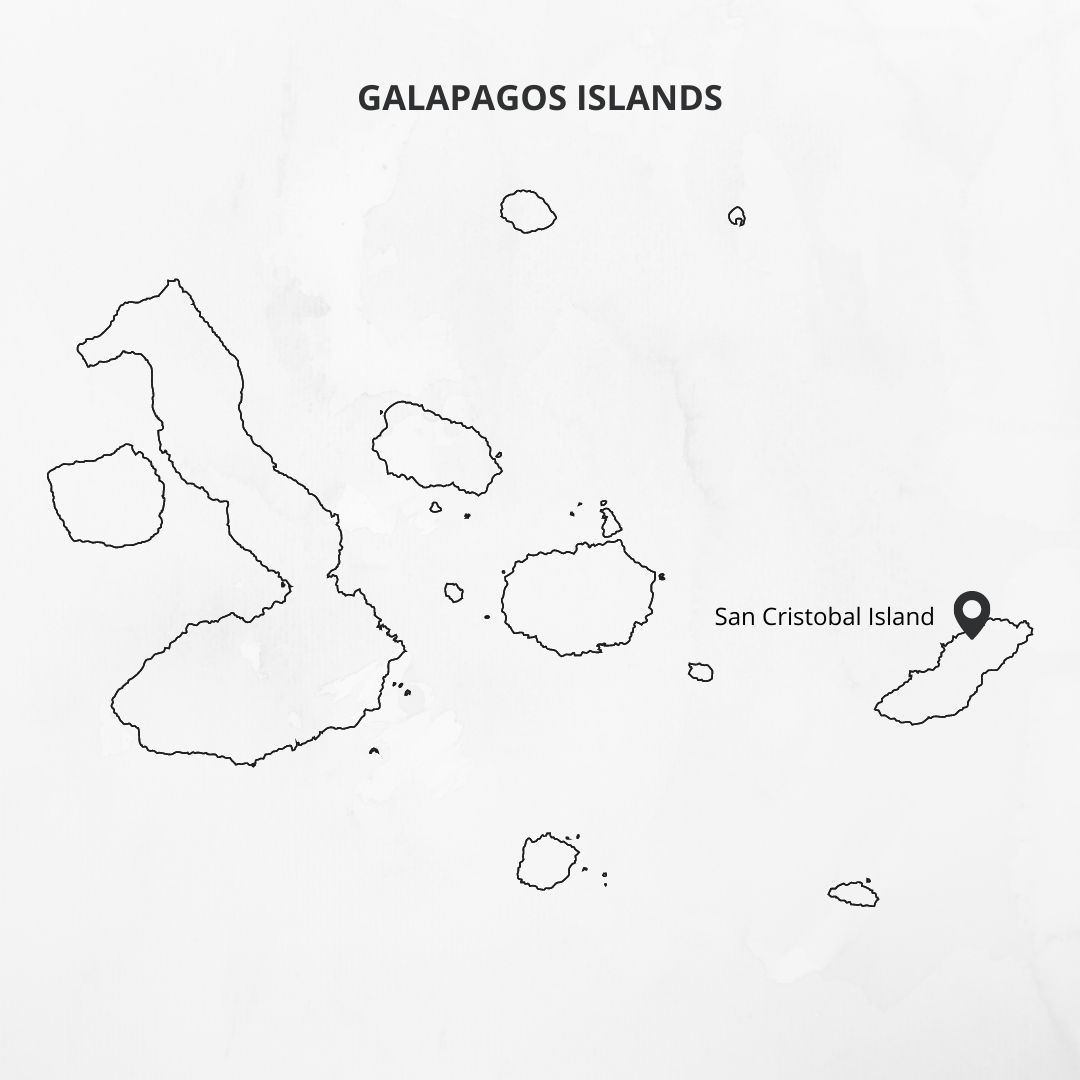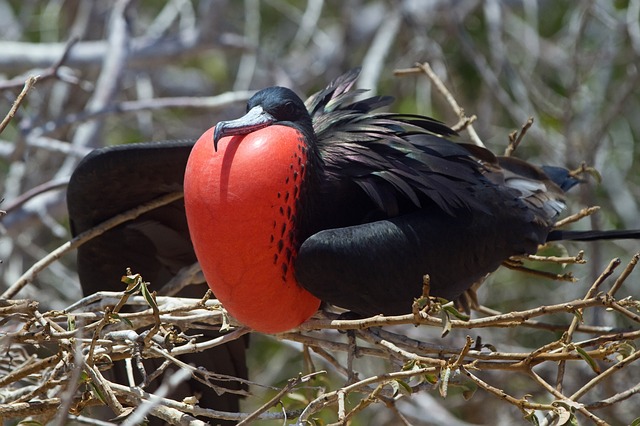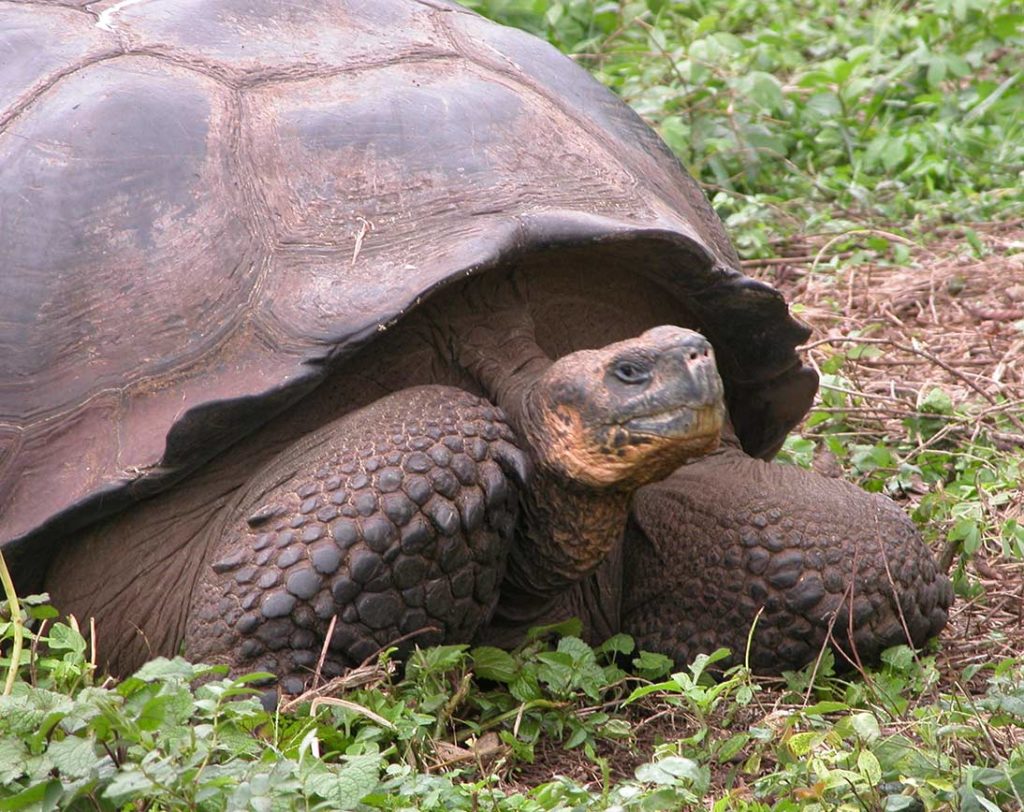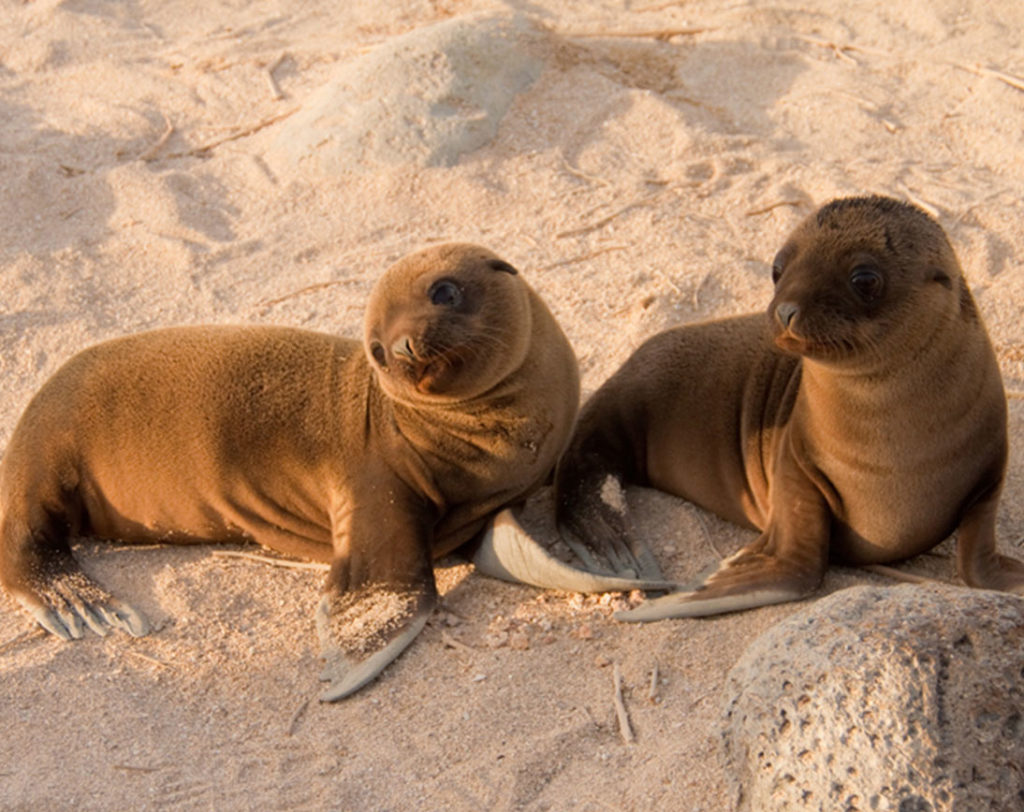Learn more about San Cristobal
It is located to the east of the archipelago and is one of the oldest and most close to the continent. This means that it is about 200 km from the continent with no volcanic activity. It is made up of four volcanoes that have been bonded together. Underground aquifers and freshwater flows make it the most humid island. It was named Chatam by the English because of William Pitt of Chatam, the British Prime Minister. It is home to the largest freshwater lake in the archipelago, El Junco. It is located on the south-central part of the island at 660m above the sea level. San Cristobal is the only place where the Red Footed Booby can be found in a nesting colony at Punta Pit visiting site.
With a population of approximately 7 000 people, this island is the capital city of the archipelago. The early 1832s saw the beginning of human development. It began on the highlands, where there was a sugar plantation. The Interpretation Center was built in the town. It allows visitors to learn more about the historical and biological facts that relate to the islands.
Charles Darwin Journey to San Cristobal. His first impression of the deserted, isolated coast was that of a lonely and remote place. Although he didn't find the tropical riches he was expecting, he did get the opportunity to collect the first species that would later be part of his Theory of Evolution: the San Cristobal Mockingbird.
The Punta Pitt visitor center is the only place where the Red Footed BOOB can be found in a nesting colonies. It has an incredible red landscape with Sesuvium which is a rare endemic species of plant that changes color according to the season. The beach is made with Peridot a sparkling mineral creation that glows green in the sunlight.
The Cerro Brujo visitor area is the only one in the archipelago that Red Footed Boobies (Nasca Boobies) and Blue Footed Boobies can be found nesting together.
Charles Darwin first visited Tijeretas on his trip. The interpretation center is located near a tranquil water rocky bay. This area offers a great snorkeling spot and a view point for nesting Frigate Birds.
Cerro Colorado visitor website is located on the southwest corner of the island. It houses the Tortoise Breeding Center, a semi-natural area that was created for the purpose to rebuild the tortoise population and conserve them.
Locator Map

San Cristobal Island Visitors Sites
Interpretation Center & Tijeretas Hill
The Interpretation Center offers a great place to learn more about Natural History in Galapagos, and also about San Cristobal History. The Museum of Natural History includes information about the volcanic origins of these islands, their isolation from the continent, ocean currents and climate, as well as the arrival of different species and their colonization. The Museum of Natural History also displays human history, chronologically narrated through the most important events in the discovery and colonization.
Tijeretas hill: This is Tijeretas Hill because it is commonly associated with frigates birds. It involves a strenuous walk through beautiful landscapes, and an amazing view at the base of a frigatebird nesting colonies.

Highlights: Interpretation Center: Find out about the history of these islands and spot the San Cristobal mockingbird. Tijeretas Hill is a place where you can see both frigate species nesting together in one colony.
Cerro Colorado Tortoise Reserve
La Galapaguera, located in the San Cristobal hills, is one of the Park’s breeding centers for giant Galapagos turtles. This recovering center, unlike other facilities, maintains semi-natural conditions that allow young tortoises to hatch in natural surroundings. Although incubators are necessary for their safety, they have not been used since 2005 when baby Genesis was hatched. It serves the same purpose as other breeding centers: to increase survival rates of wild hatchlings. Because they are most vulnerable to introduced predators in their first years of life, they are kept at the center.
The only place where the giant tortoises San Cristobal ( geochelone chathamensis ) can be seen is here. They are being kept in semi-captivity as part of a reintroduction program. The bus will take us to the island's humid zone, which is dominated by blackberry and guava, which are the most aggressive introduced plants in the archipelago. Both species have exploded in numbers over large areas, making it impossible to eradicate them.
It consists of a 6-hectare area with boutiques that sell unique handicrafts. The area is enclosed by a stone wall which protects the tortoises. Because of its close resemblance to their natural habitat, the Galapaguera Center chose the area as most suitable.

Highlights :Take a stroll through beautiful scenery on your way to the Reserve. You will find giant tortoises and the Miconia Zone. You can shop for jewelry, ceramics and souvenirs in the town. Or, you can visit the area to enjoy food, beer, or ice cream with locals.
Cerro Brujo
It is located on the northern coast in San Cristobal. Cerro Brujo, an eroding tuff conical structure that is made up of AA lava formations at various locations, is located on the northern coast of San Cristobal. This beach is white sand with a spectacular volcanic landscape. It is great for sunbathing and snorkeling.
We will visit a lagoon that houses migratory bird species: Ruddy turnstones and Ruddy stilts; whimbrels; other sandpiper species; and white-cheeked pintails. Cerro Brujo affords beautiful views of Kicker Rock and the coast to the south of San Cristobal.

Highlights: Beautiful rock formations and Ruddy turnstones. Lava gulls, sea-lions, and beautiful white sand beaches.
Pitt Point & Islet
Pitt Point (or Punta Pitt) can be found at the east end San Cristobal Island. This trail leads to an olivine beach measuring 295 feet (90m) in length and then climbs up to the summit of a volcanic tuff. There are many breathtaking viewpoints along the way.
It is the only place where you can see all three species of Galapagos booby birds together. There are also two species of frigatebirds, a sea lion colony, and two species of sea lions. This site is great for snorkeling and dinghy rides. You can also observe a variety of sea birds such as the Nazca bobby, red-footed and blue-footed bobies.
Highlights : A great view, with three types of boobies as well as two types of frigates.